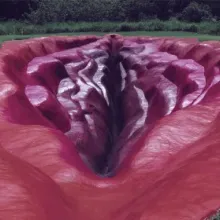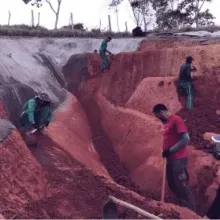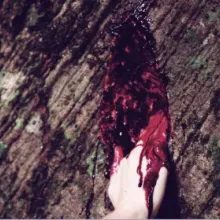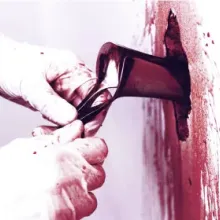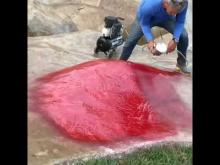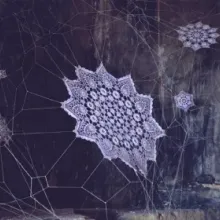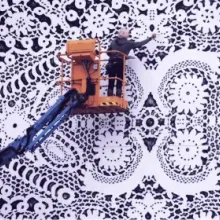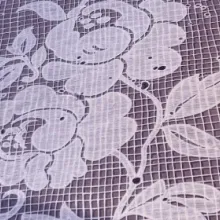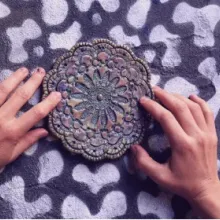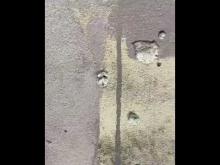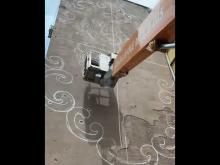Artists - A4GE
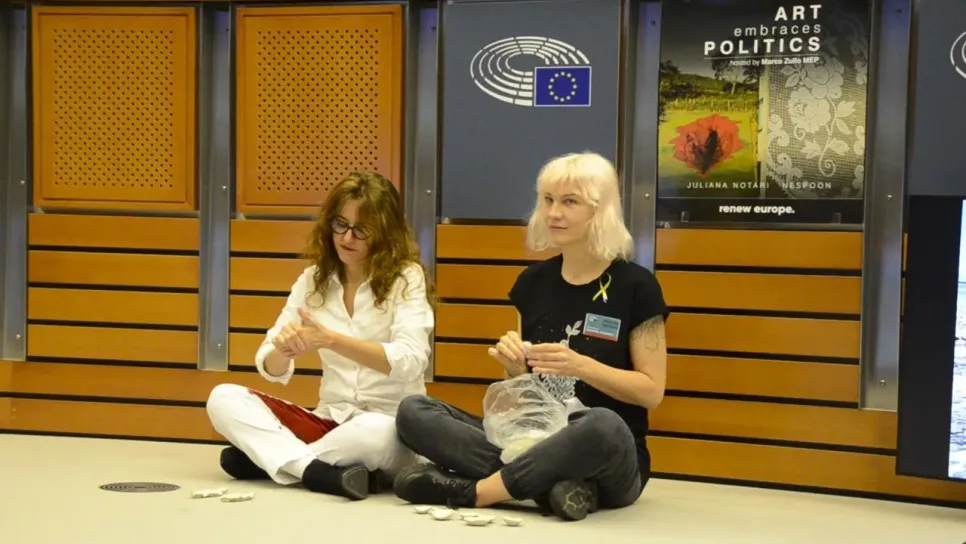
Juliana Notari
Experimental artist - Brazil
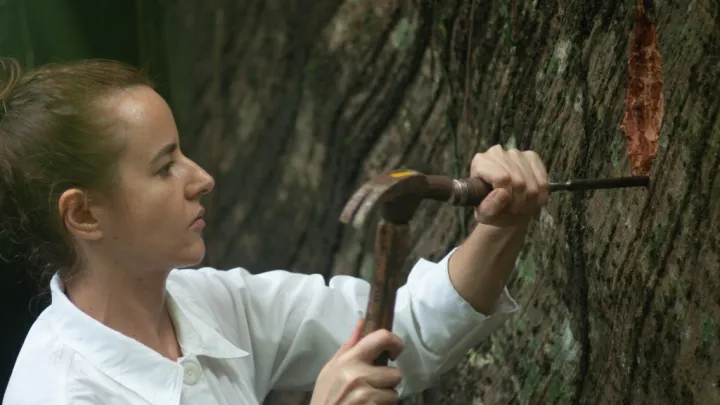
Artist and researcher of the Arts, her work deals in diverse media (installation, performance, photo- graphy, drawing, objects and videos) in a multidisciplinary approach.
Her visual research has created a body of work that face their singularities, transiting between biography, confessionals, the cathartic and relational practices. With varying emphasis and modus operandi, traumas, desires, fantasies and fears are re-inserted in her artwork, instituting intersubjective relations that, in turn, make up the central axis of the artist’s body of work. Notari has been part of national and international exhibitions, awarded and in artist-in-residence programs, and her artwork is in both public and private collections.
Everyone asked me if Diva was a vulva: it is a wound, the biggest I have ever opened. Through this work I can talk about colonialism, capitalism and violence against the female body and against the Earth.
This traumatic dimension, expressed in the form of an open wound, is very important to me.
Art is provocation. It must not give answers but raise questions, frictions, other forms of seeing, hearing, being in the world.
NeSpoon
Street artist - Poland
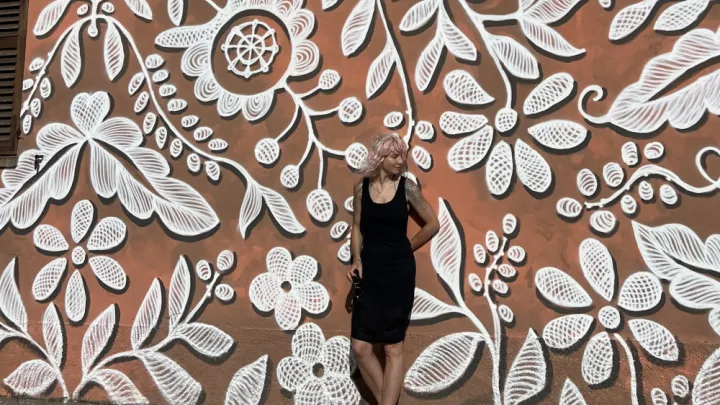
Why lace? No idea. I’ve never liked lace. Before I started working with them, I thought lace was something old-fashioned, from a grandmother’s dusty apartment.
Today it seems to me that each lace harbours harmony, balance and a sense of natural order. Isn’t that just what we are all searching for instinctively?
Lace patterns began to interest me when I started working in ceramics. This is one of the most popular ways to decorate dishes all over the world. You push the lace onto fresh clay and this is how the pattern is created. One day I thought that these motifs are beautiful on their own. They don’t need an excuse such as a plate or a mug to exist.
It was one of the simplest lace I have ever painted.
Emotionally - perhaps it was the most difficult project. For the first time in my life, my wall had such clear traces of war, dozens of bullet holes all over the facade. Working in this place, I couldn't stop thinking about the tragic history of Mostar, this fascinating and multicultural city.
The lace pattern I chose was referred to as "local" by everyone to whom I spoke. "My grandmother had exactly this one on the TV, on the couch." Or "My mom used to embroider this pattern ." I heard it again and again. Like many other artists working for Street Arts Festival Mostar, I wondered if I should paint over those bullet holes, paint something nice, and forget about the past. I could not.
Lacemaking is a very feminine thing. While working, I thought about the fate of women who are victims of wars all over the world. Here, in Bosnia and Herzegovina, however, it had an extraordinary dimension. Institutionalized sexual violence and mass rape were cruel instruments of terror used in this conflict, in front of the whole world. I wanted to not think about it, but I did. The bullet holes became part of my mural.

